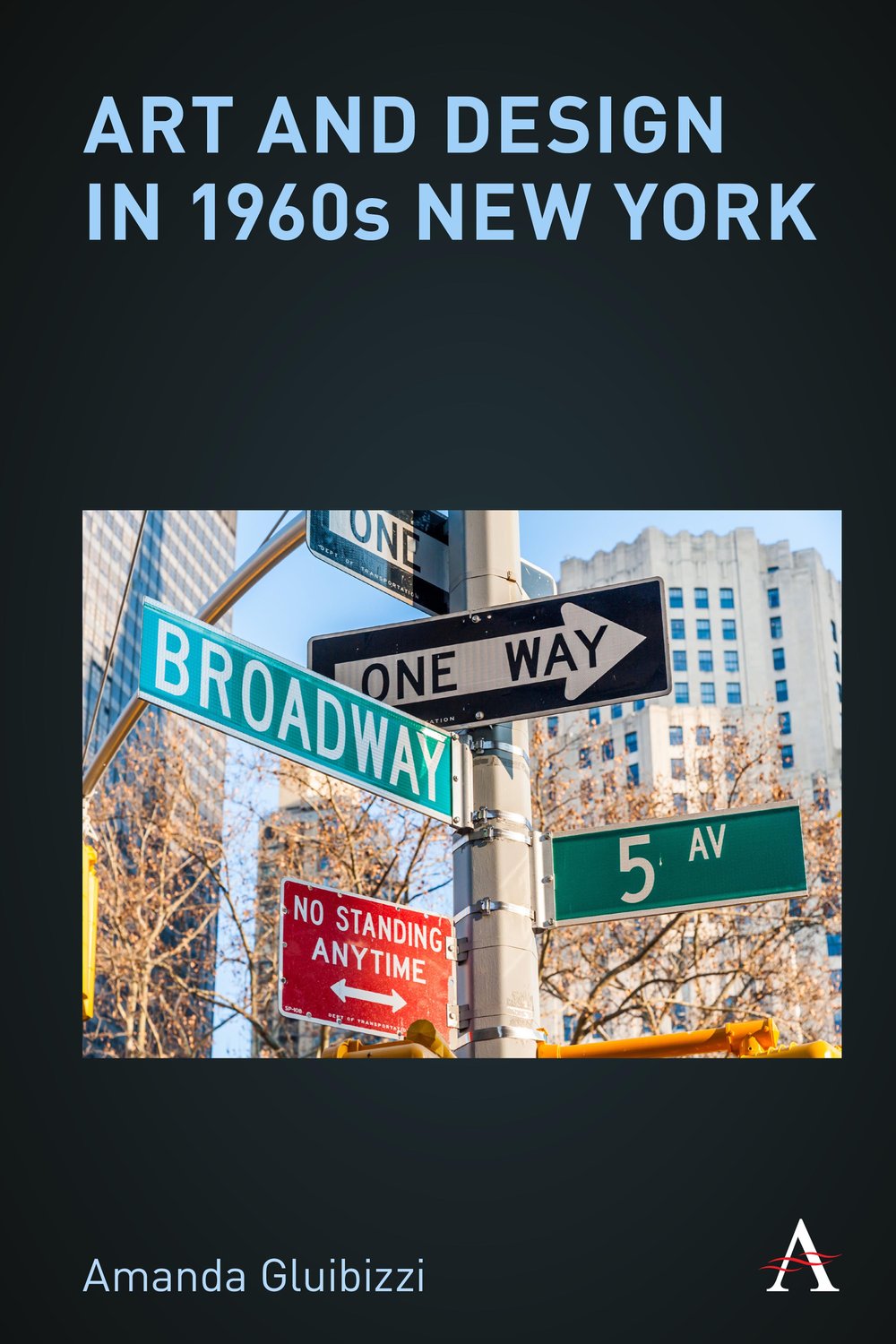Art and Design in 1960s New York

Art and Design in 1960s New York explores the mutual influence of fine art and graphic design in Manhattan during the long decade of the 1960s.
When Robert Rauschenberg reminisced about Josef Albers teaching students that their art had to do with 'the entire visual world', he was suggesting an inclusive realm of visual expression from which Albers intended his students to draw. Beyond finding inspiration only in fine art objects, Albers pushed them to look outside the confines of their studios and classrooms and onto the streets where they would be confronted with the visuality of mass culture; Albers therefore developed assignments using examples of typographic design and printed imagery drawn from popular publications of the day. In looking closely at these printed images, though, artists like Rauschenberg learned not only that visual inspiration could be found in quotidian objects, but that those objects were also the products of aesthetic decision making, that they were designed. Although the visual workings of mass imagery have sometimes been met with discomfort by art historians and critics, culture’s simultaneous engagement with design and art objects has a long and significant history. My book would be among the first to examine a moment of that history through an exploration of the critical intersection between art and graphic design in New York in the years between 1959 and 1972.
It may seem most expedient to discuss the connection between art and design through formal congruences, but this strategy can limit the deeper investigation of the mutual influence shared by these two areas of production. Indeed, the presumption that there exists simply – and only – a visual connection between design and art has driven most of the art history that has taken up the subject. This methodology, however, assumes that the influence of popular imagery on fine art works only in one direction, and that movements such as Pop art borrow motifs from mass culture and then 'elevate' them into high art. This ignores any influence that art might have on design and designers, an influence that has considerable impact on our visual world. In addition, it serves to place mass imagery consistently in the lesser, negative position because it always presupposes design’s complicity in the culture industry. Yet I show that not all design is made for commercial purposes. Design with civic intentions – that developed for signage, street furniture, and subway maps – has had no place in such a formulation, and therefore has never been seriously included in art historical discussions, even those that take design into account.

Amanda Gluibizzi is an art editor at The Brooklyn Rail. An art historian, she is the Co-Director of The New Foundation for Art History.
